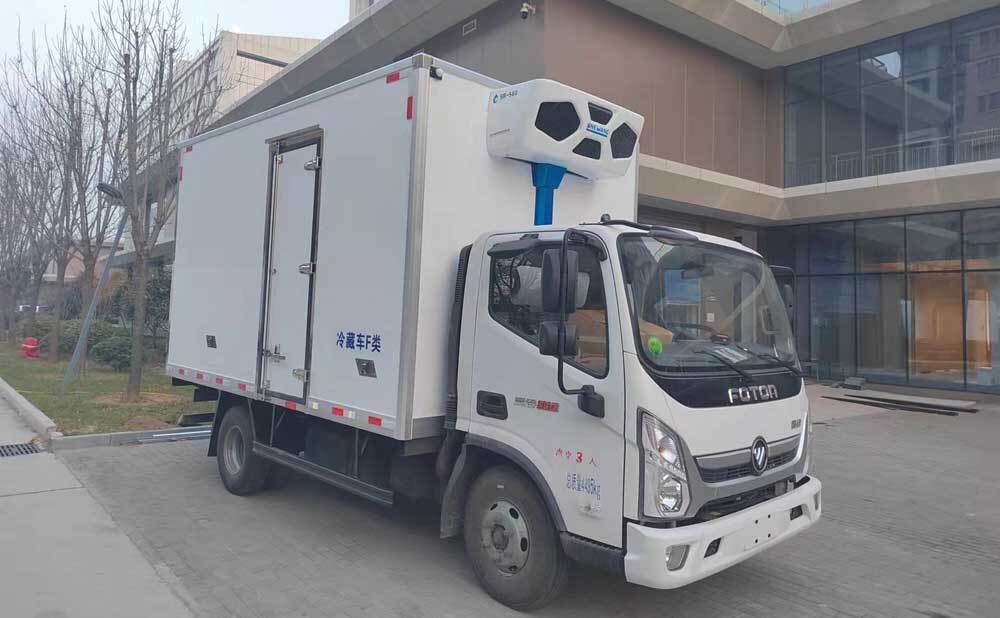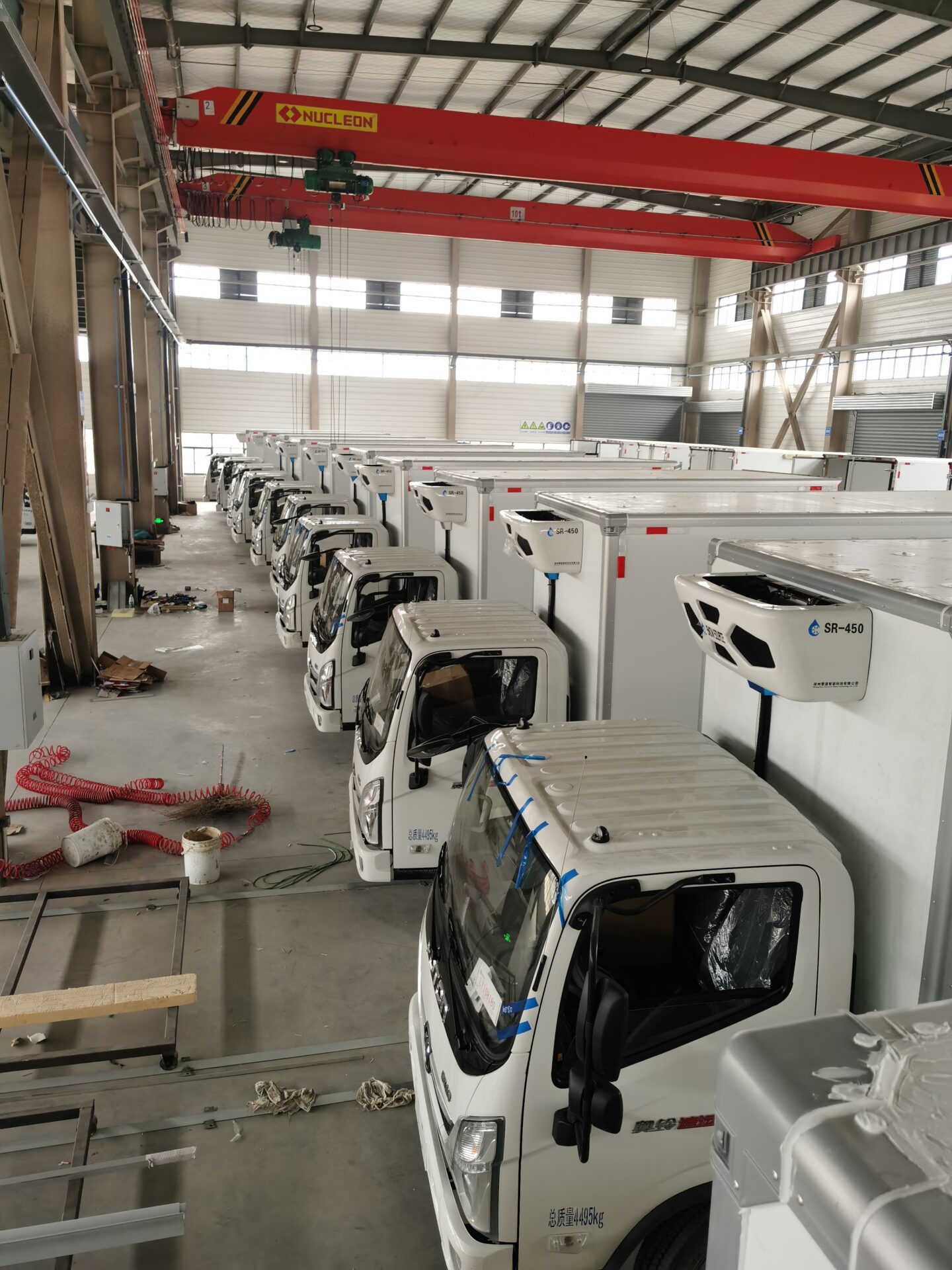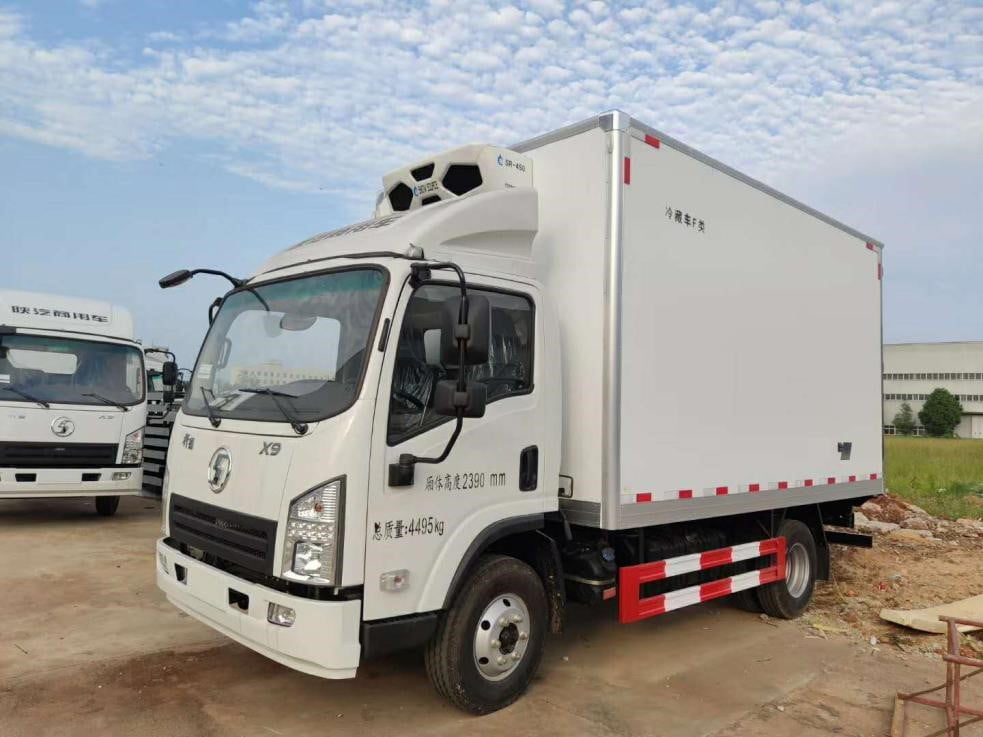Refrigerant systems are ubiquitous in modern life and are used in a wide range of applications, from domestic refrigerators to large industrial cooling plants. However, many people are unaware of how refrigerant systems work, what types they are and what they mean for the environment. In this blog, we’ll delve into the basics of refrigerant systems and cover some of the latest technology trends.
What is a refrigerant system?
A refrigerant system is a device that utilizes a refrigerant cycle to absorb and release heat for cooling or heating purposes. Such systems are widely used in air conditioners, refrigerators, freezing equipment, and industrial cooling systems.
Basic working principle of refrigerant system
The core working principles of a refrigerant system are evaporation and condensation. The following is a simplified workflow:
Compression: The refrigerant is compressed into a high-temperature, high-pressure gas in the compressor.
Condensation: The high-temperature, high-pressure refrigerant gas is cooled and condensed into a high-pressure liquid in a condenser, while releasing heat.
Expansion: High-pressure liquid passes through the expansion valve, the pressure drops suddenly and becomes low-pressure liquid.
Evaporation: The low-pressure liquid absorbs heat in the evaporator and evaporates into a low-pressure gas, taking away the surrounding heat.
Circulation: The low pressure gas enters the compressor again, and the cycle repeats itself.
Common types of refrigerants
Refrigerant is the core component of a refrigerant system. The following are a few common types of refrigerants:
Freon (CFCs and HCFCs): Widely used in the early days, but phased out due to the destruction of the ozone layer.
Hydrofluorocarbons (HFCs): do not destroy the ozone layer but have a high greenhouse effect and are being phased out.
Natural refrigerants (e.g., carbon dioxide and ammonia): good environmental performance, but use is limited in some applications.
Hydrofluoroolefins (HFOs): a new generation of environmentally friendly refrigerants with low global warming potential (GWP).
Environmental trends in refrigerant systems
The design and use of refrigerant systems is changing significantly as environmental awareness grows and regulations are strictly enforced. Below are a few of the major environmental trends:
Use of low GWP refrigerants: New refrigerants such as HFOs are gradually replacing conventional refrigerants due to their low GWP.
Improving energy efficiency: Through optimized design and technological upgrades, refrigerant systems have become much more energy efficient, reducing energy consumption.
Recovery and reuse: establish a perfect refrigerant recovery and reuse system to reduce environmental pollution.
Innovative technologies: new technologies such as magnetic refrigeration and adsorption refrigeration are being developed and promoted to further reduce the dependence on traditional refrigerants.
Conclusion
Refrigerant system plays a vital role in modern life and industry. With advances in technology and increased environmental requirements, refrigerant systems are evolving to be more efficient and environmentally friendly. Understanding how these systems work and the latest trends will not only help us to use and maintain them better, but will also help us to contribute to the protection of the environment.
If you have more interest or questions about refrigerant systems, please feel free to contact us and we will be happy to provide you with more information and professional advice.




